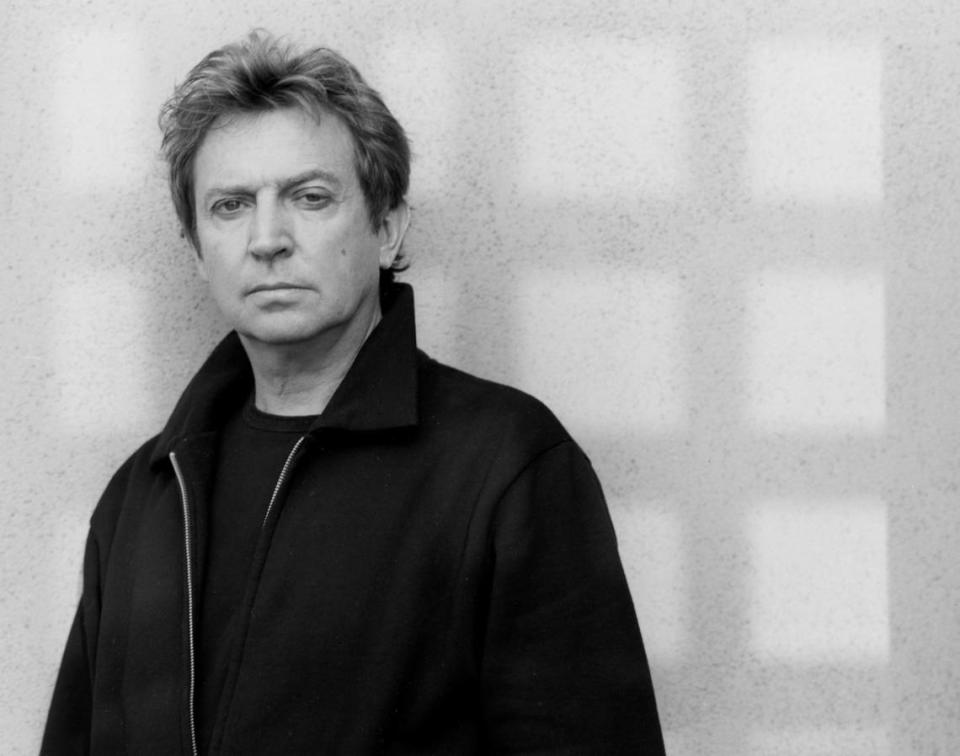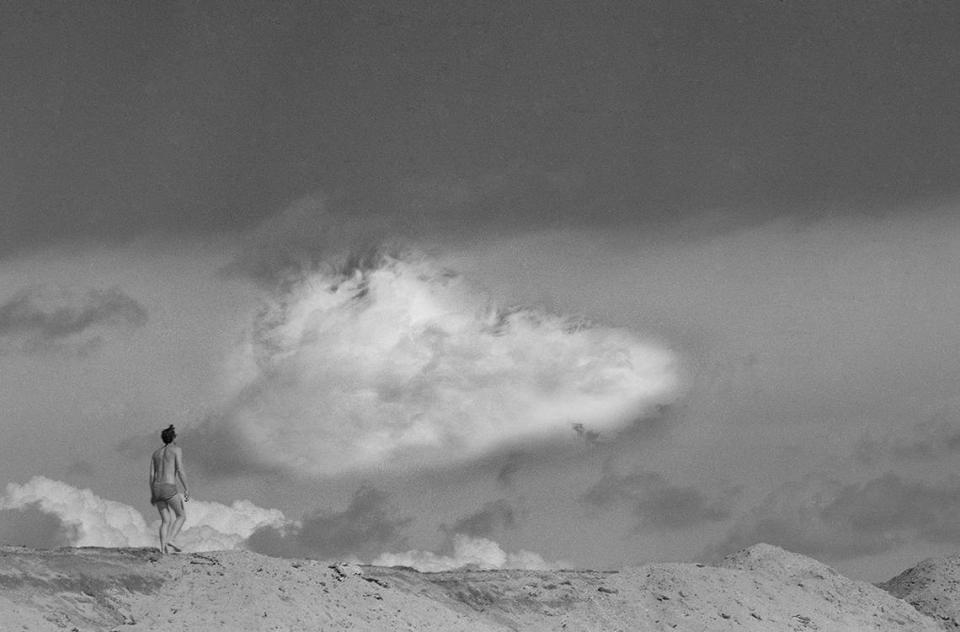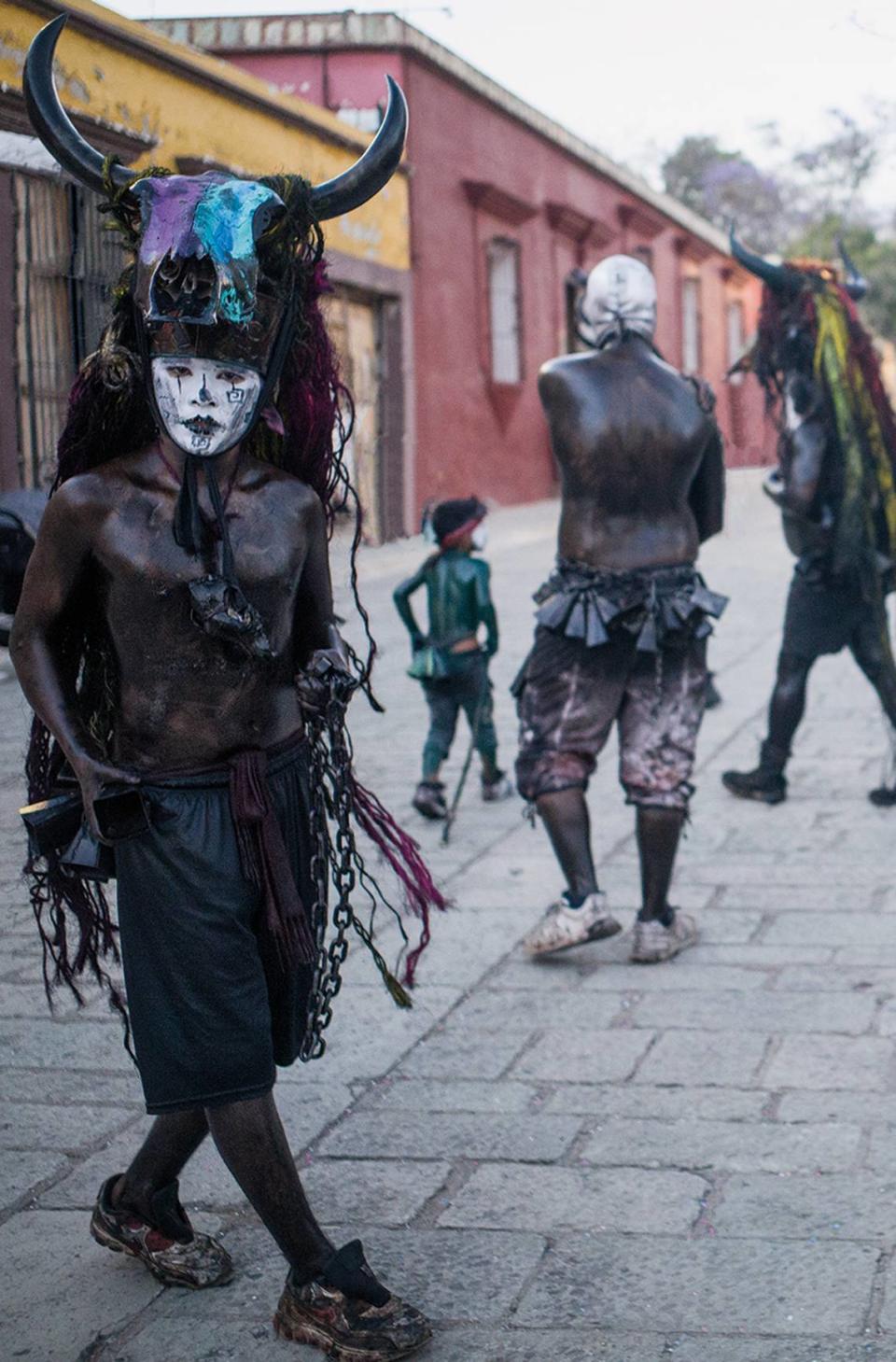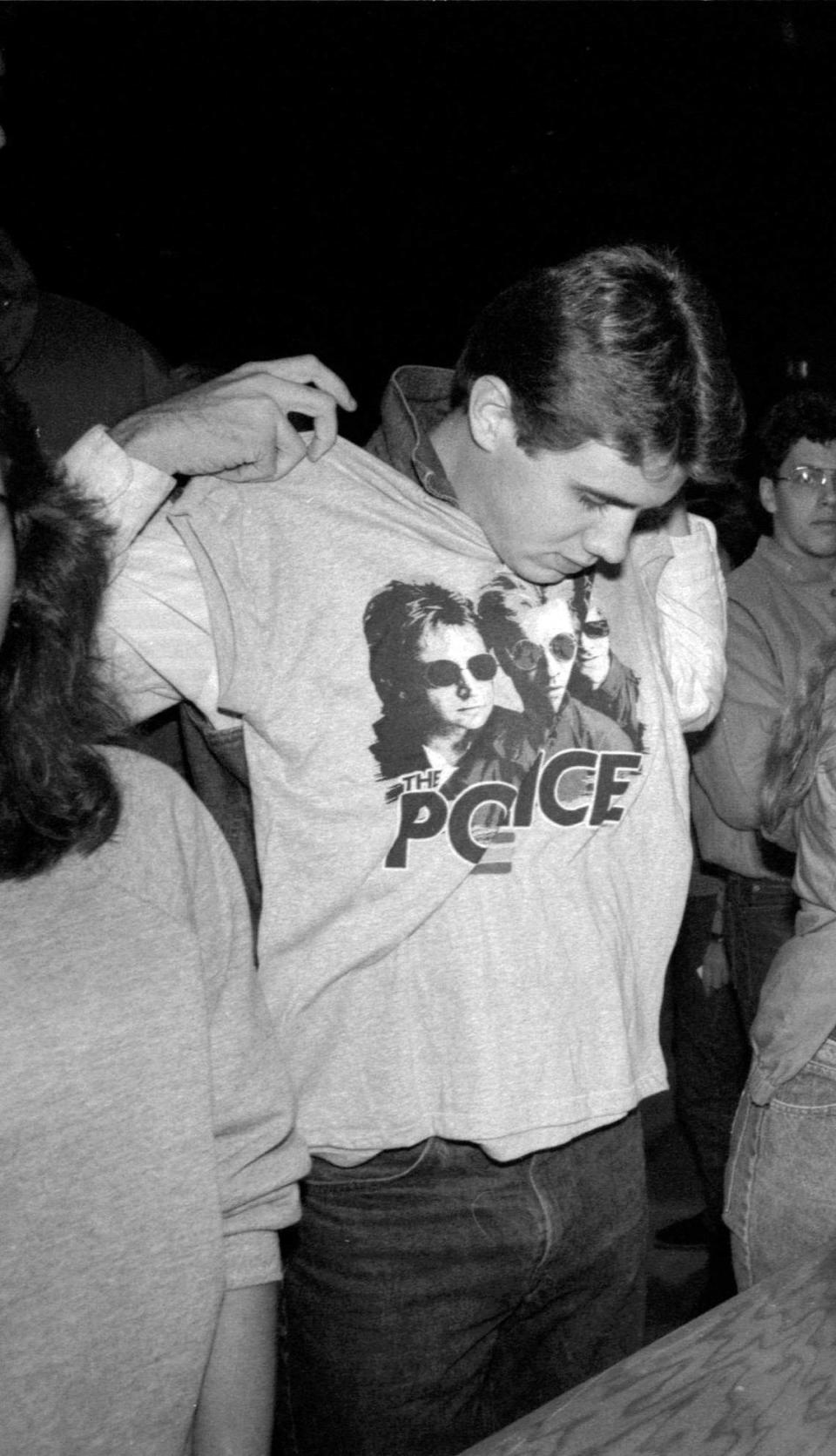There’s more to Andy Summers than The Police years. And he has the photos to prove it.
- Oops!Something went wrong.Please try again later.
The last time Andy Summers performed in Lexington was four decades and two blocks removed from the Opera House stage that will welcome him back to town this week.
Life was a bit larger during the former visit. The British-born guitarist was playing to a sellout crowd of 21,000 at Rupp Arena as one-third of The Police, the trio that largely conquered the pop-rock world with a run of five multi-platinum, post-punk infused albums released between 1978 and 1983.
Today, at age 80, Summers has something more intimate and personal in mind for his Lexington return. The Opera House will be the only regional concert stop for his current performance program, “Andy Summers: The Cracked Lens + A Missing String.”
On tap will be an evening of solo guitar music — a mix of reworkings of Police hits along with compositions from some of the dozen-plus albums Summers has released on own since his former band’s dispersal along with glimpses into the many inspirations — Brazilian music and jazz, among them — that have provided the foundation for his distinctive guitarwork.
More than just music
But that, pun entirely intended, is only part of the picture. Summers will be playing against a backdrop of his own photography, works from a less visible but equally long-running avenue of his extensive career.
“I’m surprised I didn’t do this years ago,” Summers said in a recent phone interview. “It’s sort of like making a movie and then a soundtrack that goes with it. I mean, I do the two things separately without thinking of the other medium. I wasn’t taking photographs thinking, ‘Well, if I do this photograph, it’s going to have this music’ or ‘If I do this piece of music, I should have a photograph to go with it.’ But I have such a vast archive of photography covering all kinds of subject matter. That gives me the ability to move around and try different things. I’ve got a whole process of setting up and sequencing while playing the music to see how it will go. Then we can do little digital tricks on the way so the photographs blend from one to another, making it something that’s good to look at.”

Summer’s fascination with photography has led to numerous international exhibitions and the publication of several books featuring his pictures, the newest being “A Series of Glances.” So what determines what picture from one side of his career best suits a song from another in a performance setting?
Origins in cinema
“The pictures are chosen from a lot of different periods, but that’s not the guiding principle. I’m not interested in going, ‘Well, this is my chronology.’ It’s not like that. It’s just a matter of taking the two mediums and finding what works with what. If you started off by being a musician and really mastering whatever music takes, you’ve probably got a shot at another medium, at understanding it.


“When I was a kid — 15, 16 — I started to go to a place call the Continental Cinema. They showed all these European art house films — Fellini, Bergman, Truffaut, so on. Watching all this stuff, mostly in black-and-white ... I absolutely wanted those things. I lusted for all that stuff, but I was too young and undeveloped to know to go about it. But years later, I’m in a very successful rock band and I pick up the camera and I think all that stuff was sort of in my head, all of that stuff that I had been influenced by and it sort moved itself into photography. There is a certain logic there that is undeniable.”
As Summers’ love of photography grew so did his love of music that pre-dated his devotion to rock ‘n’ roll. Credit those afternoons at the Continental for at least some of that, as well.
“One of the films I saw there was ‘Black Orpehus’/‘Orfeu Negro.’ It featured a very beautiful piece of music with a very haunting melody called ‘Manha de Carnaval,’ which I eventually found out was written by a great Brazilian composer, Luiz Bonfá. That was my first knowledge of Brazil and Brazilian music. A few years later, the whole Brazilian bossa nova craze took over through Stan Getz and all these people. The finger-style Brazilian music, I embraced it pretty early on in my career.
“Jazz has also been very present in my playing. We had a band in England called The Shadows, a sort of English equivalent of The Ventures. You learned that music, but it was pretty simple stuff. It’s like pop instrumental music. Then I started to hear people like Wes Montgomery, Grant Green, Kenny Burrell. Their music was more difficult to play, of course, but you’re learning the language of jazz. As time went on, I moved to London, joined The Police, played rock with bent strings. But my first love, really, was jazz, not rock, not pop music.”
The Police days
The Police, however, remains the most recognizable component of Summers’ career, with a run that reflected wild extremes in terms of popularity. It began as a scrappy, reggae-fied trio alongside bassist/vocalist Sting, drummer Stewart Copeland and a bag full of unconventional rhythmic ideas hammered out in a late ’70s London scene ruled by punk rock. Though the band dissolved in 1986, it offered a massive career postscript by way of a sellout reunion tour of stadiums in 2007 that included a July concert at Churchill Downs.

“All of us had stayed on being musicians, being in show biz, making records,” Summers said. “We just continued on our career paths. I was making all my records, Stewart was doing some film scores and Sting continued being Sting. We all went forward.
“We weren’t three hungry young punks like we had been in London when we met in ’76, ’77. Back then, we had nothing at all. We had to fight to get anybody to even give us a show. We couldn’t afford the money for the petrol for the van. We’d be pushing the van back through the streets of London. We had those classic, very poor beginnings, but it did turn around after we did a little tour of the U.S, I think, in ’79. Then things started to move.
“Now, you come forward to 2007. I’ve got a stretch limo turning up at my doorway and I’m going to be ushered in by several burly guys and there’s going to be beautiful food laid out and 50,000 people waiting to hear us. So, yeah — different experience. But essentially, you’re the same person. You’ve still got to get out there on the stage and play well. You’ve got to practice. You’ve got to be ready to do it. In a way, I think that part, in the later dates, is harder to handle than the first dates because during the early period, you’re absolutely starving. You’ve got to prove it. You’ve got to have your energy at a high level all the time. It’s an interesting curve to pass through.”
Andy Summers: The Cracked Lens + A Missing String
When: Sept. 13, 7:30 p.m.
Where: Lexington Opera House, 401 W. Main St.
Tickets: $34.50-$59.50 through ticketmaster.com

